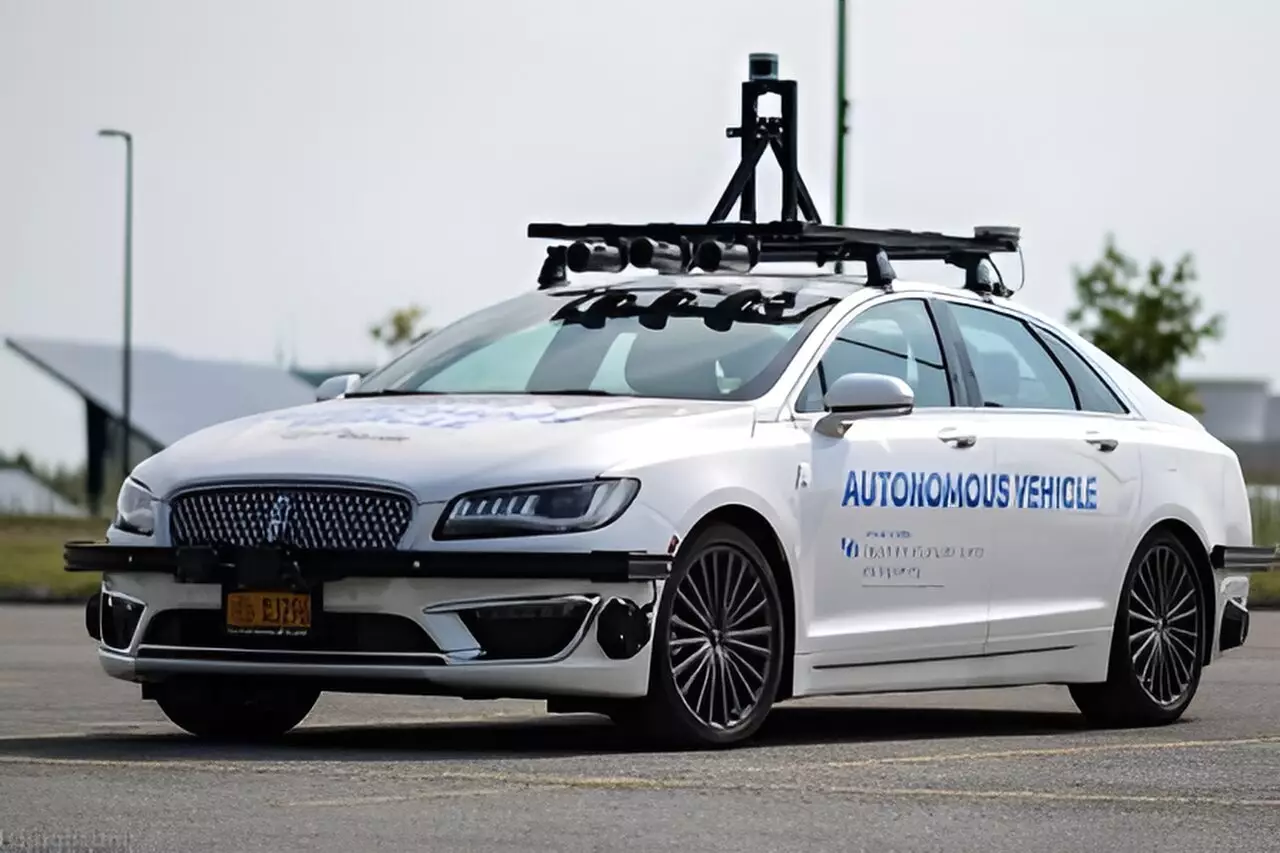Artificial intelligence plays a crucial role in the development and operation of self-driving vehicles. It is responsible for decision-making, sensing, predictive modeling, and various other tasks that enable autonomous driving. However, recent research at the University at Buffalo has raised concerns about the vulnerability of AI systems in self-driving vehicles to malicious attacks. These attacks could potentially cause these systems to fail, posing significant risks to the safety and reliability of autonomous vehicles.
The research conducted at the University at Buffalo has identified several ways in which malicious actors could exploit vulnerabilities in AI-powered radar systems used in self-driving vehicles. For example, strategically placing 3D-printed objects on a vehicle could render it invisible to radar detection. By using objects that mask the vehicle’s presence, attackers could deceive the AI models and compromise the vehicle’s safety and functionality. While these tests were conducted in a controlled research setting, they raise important questions about the security of autonomous vehicles in real-world scenarios.
The implications of these findings extend beyond the realm of autonomous vehicles. Industries such as automotive, tech, insurance, and government regulation may all be impacted by the potential vulnerabilities in AI systems for self-driving vehicles. As self-driving technology continues to advance and become more prevalent, ensuring the safety and security of these systems is paramount. Researchers like Chunming Qiao are working diligently to address these challenges and develop robust defenses against adversarial attacks on AI models.
The research conducted by Qiao and his team has been documented in a series of papers, dating back to 2021. These papers have been published in reputable conferences and journals, highlighting the significance of the findings. Recent studies have focused on the vulnerability of lidars, radars, cameras, and sensor fusion systems in autonomous vehicles. By conducting tests on an autonomous vehicle over the past three years, researchers like Yi Zhu have uncovered potential weaknesses in AI-powered radar systems that could be exploited by attackers.
One of the key findings of the research is the susceptibility of millimeter-wave radar systems to hacking. While radar is a critical sensor for object detection in autonomous driving, it can be manipulated digitally or physically to deceive AI models. Researchers have demonstrated how 3D-printed objects, known as “tile masks,” can mislead radar detection systems and make vehicles disappear from radar. This highlights the importance of addressing security vulnerabilities in AI systems for self-driving vehicles to prevent potential attacks.
Looking ahead, researchers are exploring ways to enhance the security of AI systems in autonomous vehicles. While AI technology has the capability to process vast amounts of information, it can also be susceptible to adversarial attacks. By designing and testing potential adversarial examples for AI models, researchers aim to better understand and defend against cybersecurity threats in self-driving vehicles. The ultimate goal is to create a more resilient and secure environment for autonomous driving, safeguarding against potential attacks and ensuring the safety of passengers and pedestrians.


Leave a Reply